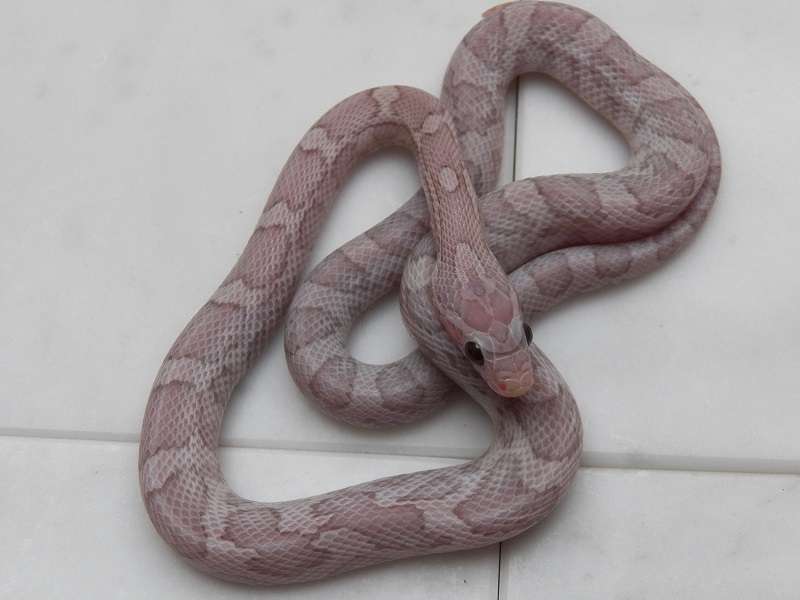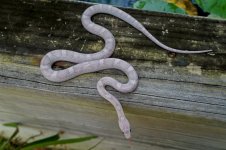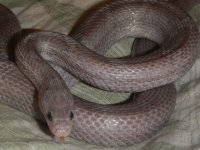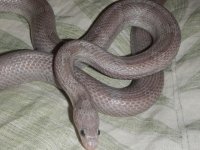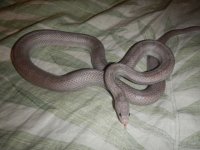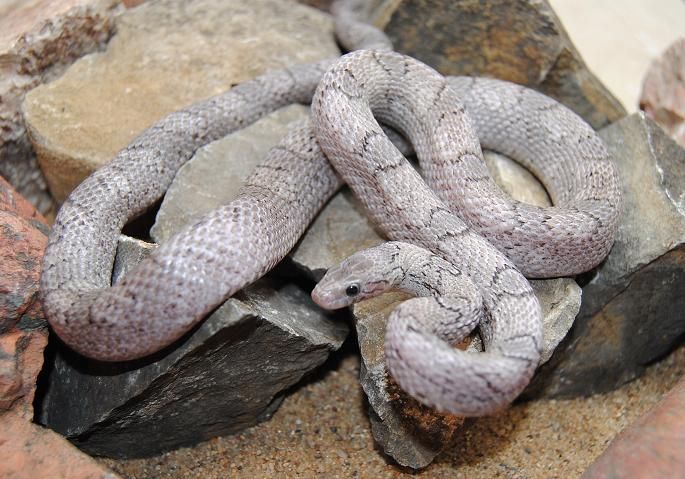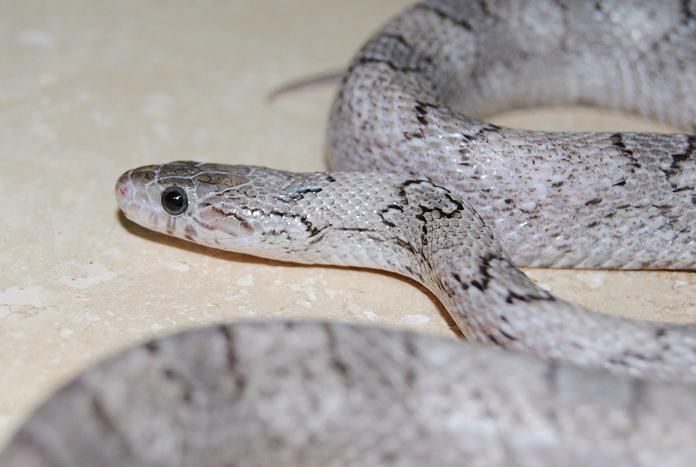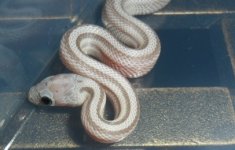Glenaerie
Member
I'm interested in finding out from all the wonderful experts here which morphs or combinations of morphs result in the "cooler" (in the sense of cool vs. warm colors) grays, with little or no brown or peach influence in the adults. I've spent a lot of time looking at photos of adult anery (and charcoal, and lavender) combinations with and without the influence of hypo, etc. and many of the adults eventually seem to end up more brown than gray, or gray with peach. Some individuals of the various combos do seem to have a more "cool" "silvery" "true gray" adult appearance, but other individuals in the same morph combos do not. What are the influences at work here, does anyone know? I'd love to hear your thoughts on this, and thanks!

